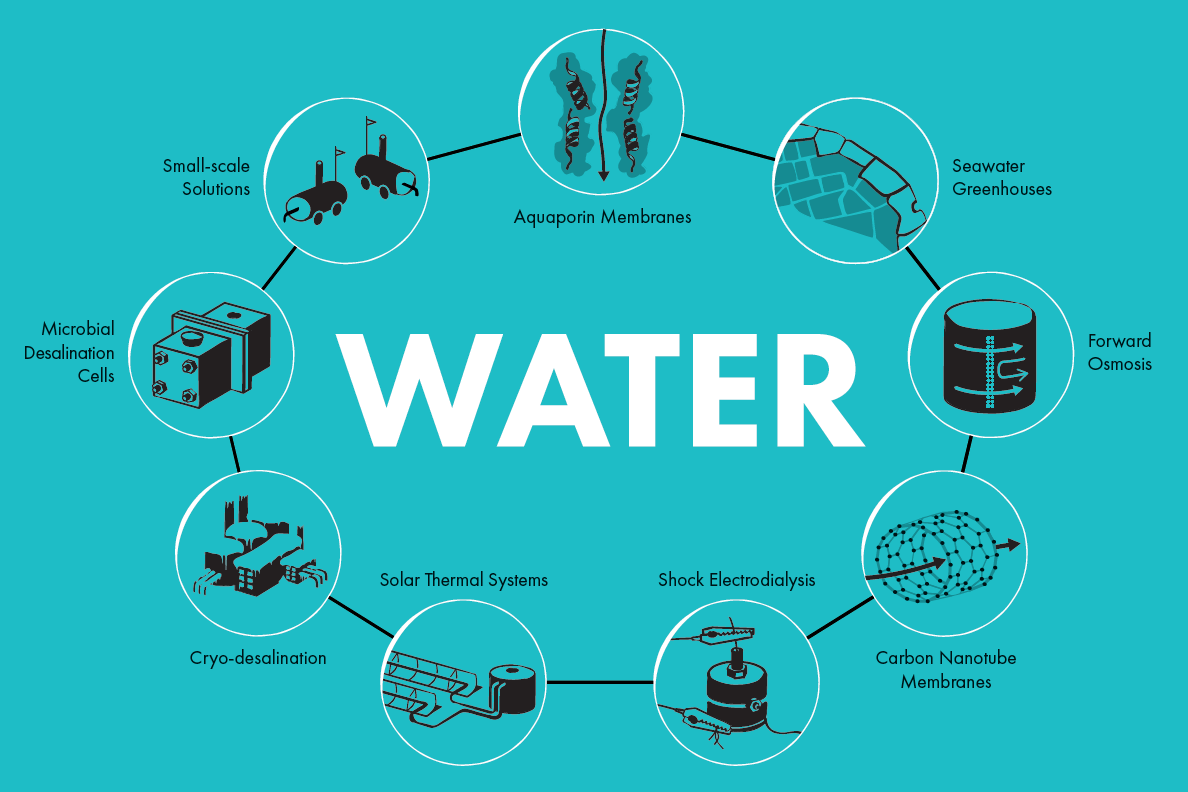Water was not selected by the public vote to be the focus of Longitude Prize.
There are other exciting and innovative projects and prizes that are taking place in this area. Below are links to some of these.

The water problem
98 per cent of the Earth’s water is too salty for drinking or agriculture.
Water is becoming an increasingly scarce resource. One in 10 of the world’s population don’t have access to safe drinking water. 44 per cent of the world’s population and 28 per cent of the world’s agriculture are in regions of the world where water is scarce. As water requirements grow and our water reserves shrink, many are turning to desalination – but current technologies are too expensive and damage the environment.
As demand continues to increase alongside population and consumption, overuse and altered weather patterns due to climate change restrict water supply. The implications go beyond drinking, when drought hits agricultural regions food prices rise. As populations converge in cities, demand for water soars whilst pollution from the accompanying development and industry may impact local supply.
Challenge
Existing desalination plants represent billions of pounds of upfront investment. Developed nations may struggle to abandon and/or replace them outright, even if offered a significantly more energy-efficient technology. Some technologies formerly regarded as promising were never able to leave the lab, and others have been in lab development for decades.
Alongside the output of clean water, desalination plants are also left with the contaminants, usually in the form of concentrated brine. This brine can further pollute the nearby water supply. This is a particular problem when drawing water from enclosed seas or limited ground supplies.
